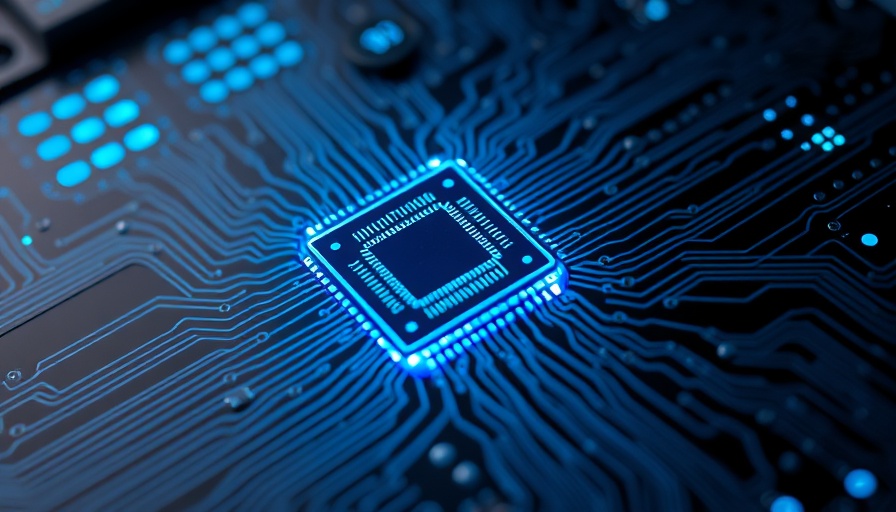
The Turbulent Landscape of the U.S. Semiconductor Market in 2025
As we dive into 2025, the U.S. semiconductor industry is positioned at the forefront of innovation, but it is also grappling with various challenges and changes. Over the first six months of this year, events have unfolded that have far-reaching implications for this critical sector, which directly influences the global technology race, particularly in artificial intelligence (AI).
Shaking Up Leadership: Intel's New Direction
In June, Intel appointed a fresh leadership team, signaling a renewed focus on becoming an engineering-first company. With the appointment of Lip-Bu Tan as CEO, the company is making bold moves to revitalize its lagging operations. However, dwindling revenue projections have led to Intel announcing layoffs of up to 20% of its Foundry staff by July — a decision that reflects the company's intent to streamline processes amidst fiscal struggles.
Nvidia Faces New Realities with Export Restrictions
Nvidia, a titan in the semiconductor field, is navigating the complexities introduced by new U.S. export restrictions. After reporting a staggering $4.5 billion loss attributed to licensing requirements on their H20 AI chips, CEO Jensen Huang stated that the company would exclude the Chinese market from future forecasts. This decision underscores the challenges faced by U.S. companies amidst ongoing tensions and restrictions concerning international trade.
AMD's Strategic Acquisitions and Competitive Edge
As the dust settles on Intel and Nvidia's predicaments, AMD is quietly but decisively positioning itself as a competitor in the AI hardware market. In a recent acquisition, AMD has brought on board the team behind Untether AI, known for developing advanced AI inference chips. This acquisition, combined with their purchase of AI software optimization startup Brium, illustrates AMD's strategy to outmaneuver Nvidia by enhancing their hardware offerings to accommodate diverse AI applications.
Implications for the Future of AI and Technology
The seismic shifts in the semiconductor industry point toward significant future trends that could redefine the landscape of AI technologies. Each company’s strategy not only impacts their immediate profitability but will also determine their positioning in the global semiconductor race. With increasing investments in AI capabilities, the semiconductor sector's structural changes are crucial for technological advancement.
Current Events and Broader Implications for the Tech Industry
Amid these developments, broader issues such as workforce adjustments, international relations, and technology transfer restrictions loom large. As we observe the ongoing transformation in the semiconductor field, it becomes clear that these dynamics extend beyond individual companies to impact the entire tech industry. The race for dominance in the AI sector, alongside U.S. governmental policies, will ultimately shape the trajectory of this indispensable industry.
Concluding Thoughts
The unfolding story of the U.S. semiconductor market in 2025 offers a window into the tension-filled, competitive nature of the global tech arena. As companies like Intel, Nvidia, and AMD navigate these new realities, it's clear that the outcome of their efforts will not only affect their future but will also reverberate throughout the technology world at large. Stakeholders must stay informed, as the semiconductor industry continues to be a bellwether for technology trends and economic health.
 Add Row
Add Row  Add
Add 



Write A Comment